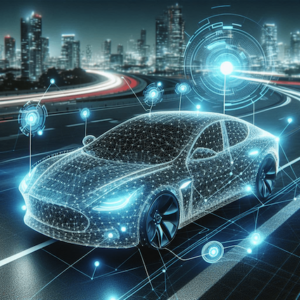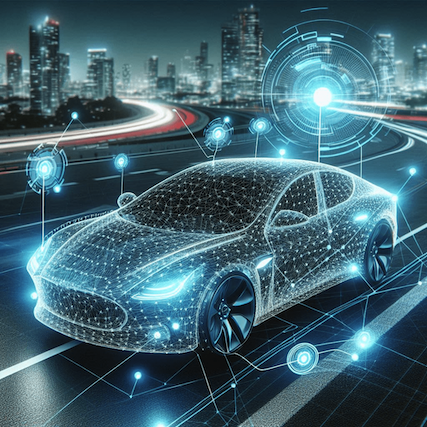Given false starts and OEM strategic retreats you could be forgiven for thinking that the autonomous personal car dream is now a lost cause. But that’s not quite true. While moonshot goals have been scaled back or are running under wraps, applications continue to advance, for adaptive cruise control, collision avoidance, automatic parking and in other areas. Not the original vision of autonomy but stepwise additions to selective assistance and increased safety. Which honestly seems like a better bet for incremental social acceptance than the fully autonomous claim: “trust us, we know what we are doing”. Such advances depend on accurate sensing around the car and radar/lidar plays a big role in that sensing. These types of sensing obviously offer a different kind of imaging requiring a different imaging/recognition pipeline from more familiar vision flows. Here I will focus on radar.

Market trends
According to at one analyst, adaptive cruise control accounted for over 40% of the automotive radar market on 2023 though views differ on the strongest driver (intelligent parking and autonomous emergency braking lead in another review). A CAGR of 35% is expected through 2032 with, interestingly, the fastest growth in Asia Pacific.
Lidar is still a strong competitor to radar, but the gap has narrowed thanks to high-definition imaging radar (HD radar) based on multi-Tx/Rx antennae and beamforming. Existing advantages in all-weather operation and in lower cost now make radar a serious alternative to lidar, as evidenced by product family release from Continental, DENSO, Delphi, NXP, TI, Bosch and others. These include features like 360o fusion, early parking slot detection in crowded parking areas and of course high-resolution imaging radar views in a radar point cloud, enabling high accuracy object detection and classification.
The radar imaging pipeline
Radar pipelines start with radar sensing. Antennae can run from 4×4 (Tx/Rx) for low resolution/long range radar up to 48×64 for high definition/shorter range radars. Next stages are a series of FFTs to decode range and Doppler effects plus beamforming to discriminate directions in 3D. Consider that pulse rates may run to thousands per second, there are multiple antennae, and FFTs may extend to 1k bins. To support up to 50 frames per second for fast response to changes, this level of throughput demands significant signal processing parallelism and dedicated accelerators.
At this point, frames in this streaming data are still an amalgam of reflections from potentially many targets together with noise. The CFAR (constant false alarm rate) stage is where the pipeline discriminates between targets and background. This step is particularly challenging for automotive radar. Traditional radar applications don’t typically expect a lot of targets, but automotive applications can expect up to thousands of targets (other vehicles, pedestrians, obstacles) relatively nearby. The best-known algorithm today, OS-CFAR, handles this task well but is much more complex to implement than more common commercial versions.
Target tracking using both range (X, Y, Z) and Doppler (Vx, Vy, Vz) follows. Using all these parameters in an extended Kalman filter provides maximum discrimination in simultaneously tracking multiple targets, an important consideration for automotive safety, especially in applications like adaptive cruise control. A final AI stage will run classification – is this target a car, a pedestrian, an animal, a barrier?
Building radar pipelines for modern cars
First remember that the days of standalone solutions in cars are long gone. Today, all extended sensing solutions must integrate with OEM preferred architectures, from the edge though zonal controllers to the central controller. Pipelines may be split across these zones. Second remember that while more electronics in the car adds capability, it also increases car cost and decreases range though power consumption, neither of which is a positive for us consumers.
Managing cost, power, and safety/reliability together is a system optimization problem which is arguably why OEMs are now more actively involved in developing or co-developing platform SoC solutions tuned to their architectures. Building around embedded radar IPs from companies like CEVA. CEVA have a unique value proposition in this space, supporting OS-CFAR for example and full 6D extended Kalman filtering. They combine this with their strength in low power DSPs, dedicated extensions for FFTs, beamforming to maximize frames per second throughput and reduce total power, single and half precision floating point support, all accessible through an extensive radar/lidar SDK.
Pretty impressive and I am told the suite also supports lidar pipelines. This is the kind of technology that will help us advance us towards autonomy im easier steps. You can learn more about their Ceva-SensPro Radar solution HERE.
Share this post via:






Comments
There are no comments yet.
You must register or log in to view/post comments.